Moringa (Moringa oleifera) seeds
Price range: $3.95 through $14.10
Family: Moringa (Moringaceae)
Hardy to Zones 9 to 12, otherwise grown as a potted plant and brought in for the winter
(Drumstick Tree) Fast-growing decidous tree native to northwestern India and cultivated throughout the tropics and subtropics. Moringa will grow outdoors in the US Zone 9 and warmer. Otherwise, protect from frost. Known as the “Drumstick Tree” in India, the immature seedpods are eaten as a standard foodstuff, tasting rather like asparagus and quite easily digested as well as being very tasty. Beyond asparagus, virtually every part of the tree is useful in food and medicine. The roots are ground up and used as a condiment. Traditional usage (Siddha): sexual dysfunction, antiinflammatory, analgesic. The crushed seeds can be used as a phytoremediating filter for purifying water. The branches are used as fodder. The leaves are full of vitamin C, A, calcium, iron, potassium and protein. They are a good anti-famine food. Tree prefers full sun and dry to mesic soils. The tree grows very well in containerized culture, but requires sufficient root space, so large containers work best. Fill the container with equal parts organic compost, sand and pumice. The tree enjoys regular watering but must never be allowed to sit in water. Always give fast-draining soil, whether planting outdoors or in pots. Seeds are quite large. Sow the seeds in a pot of sandy potting soil, about 1/2 inch deep, and keep barely moist, very warm and in the light. Germination occurs in 1 to 2 weeks. Work seedlings up in pots before transplanting to large containers or the landscape.
5 seeds /pkt.
10 g contains ~ 30 seeds
Open Pollinated, Untreated, NO GMO’s

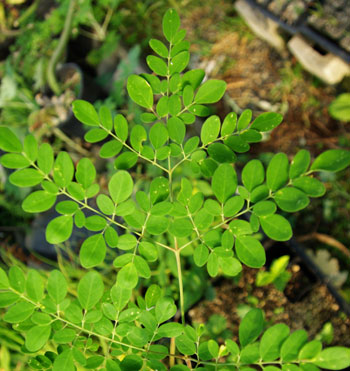
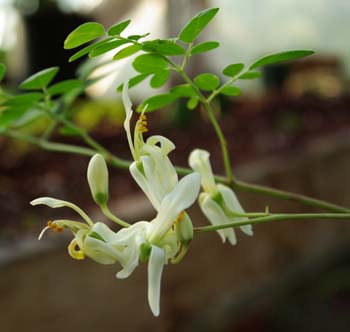
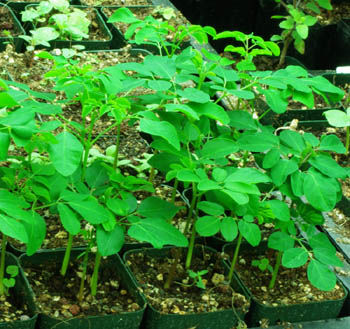
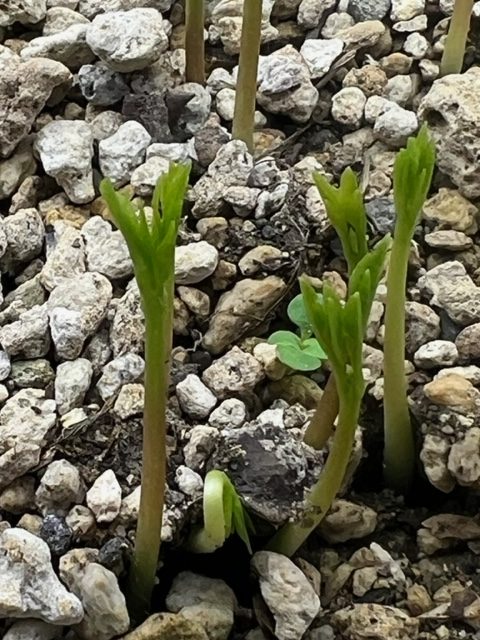
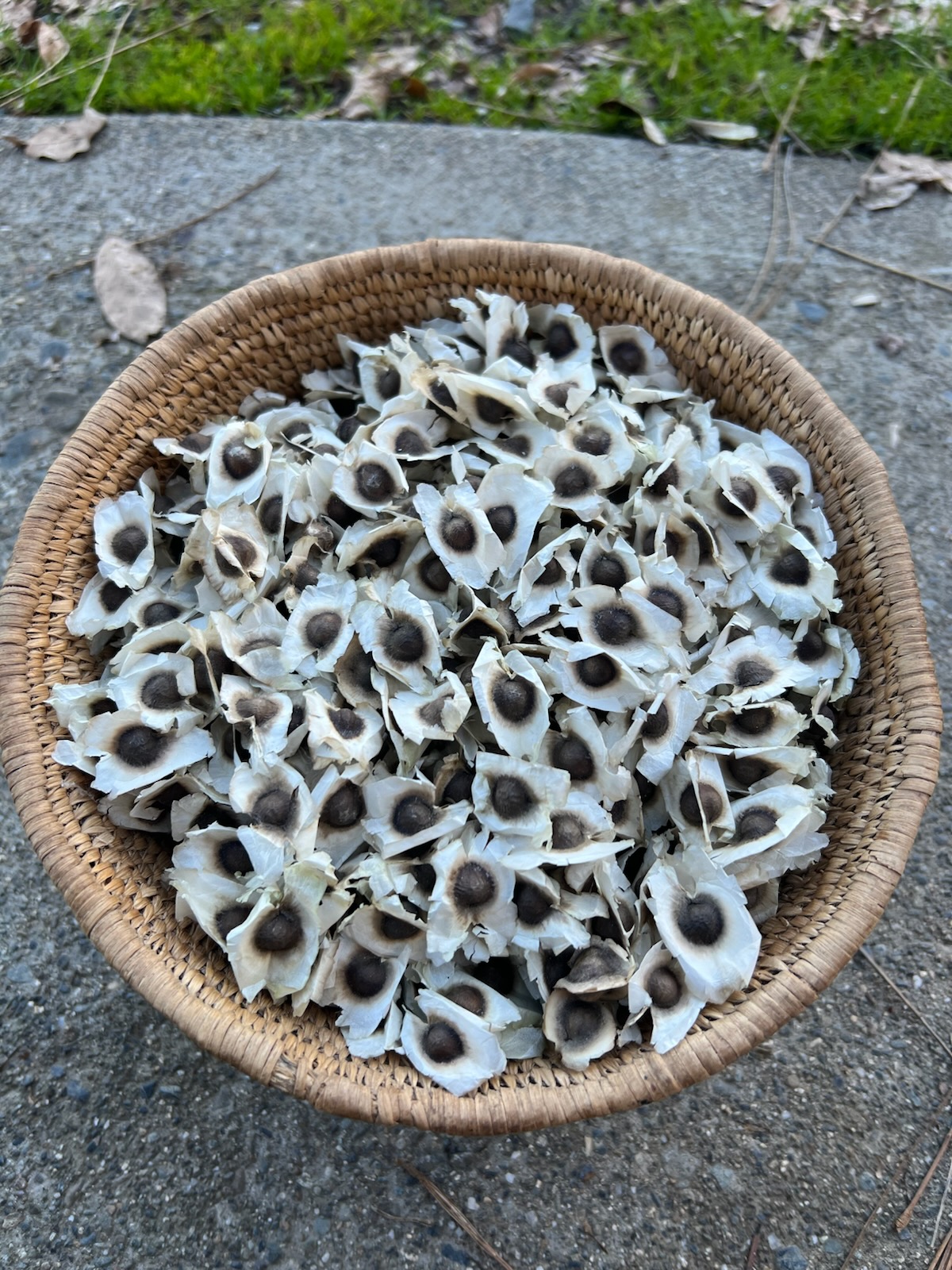
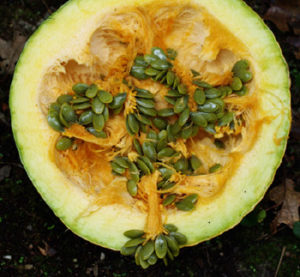
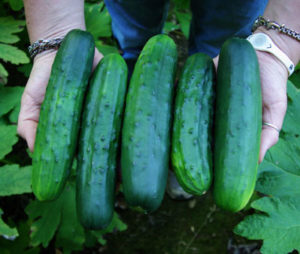
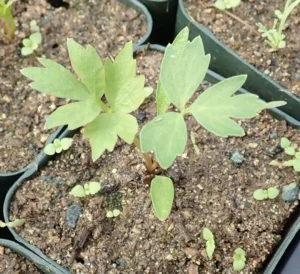
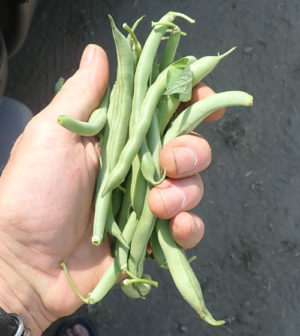
Question
Linda –
Hi Richo! Im really interested in the moringa’s value as a nutritional addition to our farm. We are just up the road from you, in Canyonville (USDA zone 8b). Would the moronga trees do ok here, if we sheltered them over winter under the eaves against the east side of the house (blocked from prevailing winds)? Do they lose their leaves in winter like a typical deciduous? And how large do they grow?
Upvote if this was helpful (1) Downvote if this was not helpful (0) Watch Unwatch Flag for removal
Richo Cech –
hi linda, a relevant question. my experience is that the moringa are small to midsize trees on par with a dwarf apple. i’ve only seen them do well in the subtropics to tropics and therefore the zone 9 and up designation which means you’re cold for it. i always keep some potted in the heated greenhouse and they increase gradually, do go dormant in the winter, then wake up and make new leaves and flowers. Sometimes they die back down to the root and then come back as multistemmed individuals. They are fleshy, not woody, so not frost tolerant. richo
Upvote if this was helpful (5) Downvote if this was not helpful (0) Flag for removal
Question
Mandy –
Are these moringa oleifera seeds PKM1 OR PKM2?
Upvote if this was helpful (0) Downvote if this was not helpful (0) Watch Unwatch Flag for removal
Richo Cech –
hi mandy, these are not a specialty annual cultivar, they are the perennial tree form. hope that helps. r
Upvote if this was helpful (0) Downvote if this was not helpful (0) Flag for removal
Kelly Schoen (verified owner) –
Sprouted quickly, great stock! Thanks guys : )
Upvote if this was helpful (1) Downvote if this was not helpful (0) Watch Unwatch Flag for removal
Question
Beth Zimmerman –
Is this tree deer resistant or would I need to grow it in a fenced in area?
Upvote if this was helpful (0) Downvote if this was not helpful (0) Watch Unwatch Flag for removal
Diana –
Hi Beth,
The leaves of Moringa are very attractive to deer, the tree would need protection.
richo
Upvote if this was helpful (0) Downvote if this was not helpful (0) Flag for removal
Kathy Young –
I keep deer out of my garden area by erecting some fence posts and stringing 4-5 strands of 30-POUND CLEAR FISHING LINE. They touch it but can’t see it and are spooked. They break 20-lb line and can see 40-lb line. They don’t know how high to jump over it if they can’t see it. I’ve been protecting my sweet potato vines (!) and other delectables from them for several years now like this..You may have to fence off your tree like I do my garden.
Upvote if this was helpful (6) Downvote if this was not helpful (0) Flag for removal
Al Clark –
I bought these thinking they would be a great treat for my Chickens, and Turkeys. They love them (along with Comphrey). I currently have them indoors, and they are doing fine. I throw the leaves in salads, stir fry, and in sandwiches. I plan on keeping this plant small. Love it!
Upvote if this was helpful (7) Downvote if this was not helpful (0) Watch Unwatch Flag for removal
Ash –
I planted some outside in Zone 5 for the season. Despite a full cylindrical chicken wire cage, their tops were eaten off by chipmunks or squirrels. Only they could have climbed down the top of the cylinder to get at the seedlings. Bizarre that flora and fauna of different climates and continents interacted so.
Upvote if this was helpful (1) Downvote if this was not helpful (0) Flag for removal
Richo Cech –
Hello Ash, I hear ya. In a way, its like nature saying “this doesn’t really belong here and I’ll figure out all kinds of ways to let you know.” On our side, we eventually learned not to try to ship the small seedlings to people–they quickly expire under such treatment. I’m still working on some way to incorporate Moringa in a colder than tropical zone–probably in the greenhouse only. They are so rambunctious as seedlings–I planted a flat under lights with three per cell and now for all practical purposes I have three flats worth. I’m going to work them up in pots and see if they are more permanent (and squirrel-proof?) once they harden off. Keep trying. Richo
Upvote if this was helpful (3) Downvote if this was not helpful (0) Flag for removal
Denise –
I am borderline between zone 8 and 9. Anyone know what is the lowest winter temp Moringa can stand?
Upvote if this was helpful (0) Downvote if this was not helpful (0) Flag for removal
Richo Cech –
hi denise, 32 degrees F. Richo
Upvote if this was helpful (0) Downvote if this was not helpful (0) Flag for removal
denisemail007 –
I’m in zone 7a but would bring it in during winter. Do you think it would be worth a try? Seems like an amazing plant!!
Upvote if this was helpful (0) Downvote if this was not helpful (0) Flag for removal
Richo Cech –
hi denise, it really depends on what you’re expecting to get out of it. I overwintered a flat of these this year and they are cute, and one of them is even in flower right now. if you’re after a little tree with flowers on it then i would say yes, its worth a try. but for a big production tree these need subtropics or Texas minimum, and outdoor culture. r
Upvote if this was helpful (1) Downvote if this was not helpful (0) Flag for removal
Suzanna Cantley –
I am in Athens, Ga. I’ll try the large container with much sand and pumice added to aged chicken compost, growing on a wheeled base to move inside as freezing temperatures occur here so will bring inside from sunning porch expected temps drop. Will share experience as time goes on.
Upvote if this was helpful (1) Downvote if this was not helpful (0) Flag for removal